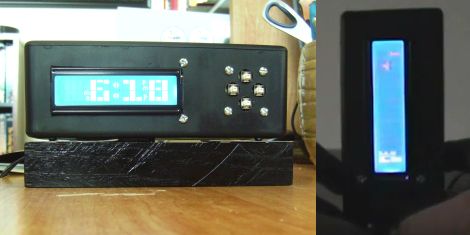
Instructables user [rog8811] was looking to build a fog horn that resembled hand-pumped units found on small ships in the early to mid 1900s. His budget was a bit limited, so he set off to build the cheapest replica possible.
While the original horns were likely constructed from steel, copper and wood, he opted to use cheap plumbing components he found at his local hardware store. He used a simple double-acting air pump to drive the horn, combining it with a slightly modified bottle trap. The trap was shortened, and a diaphragm cut from a dish washing glove was added to generate sound.
He added a few more pieces of PVC piping to enhance the output, giving him the results you see in the video below. He says that the best thing about his design is the ability to easily tweak the pitch and volume of the horn by simply adding different drain components to the pump.
Watch out vuvuzela, there’s a new cheap and annoying horn on the block!












